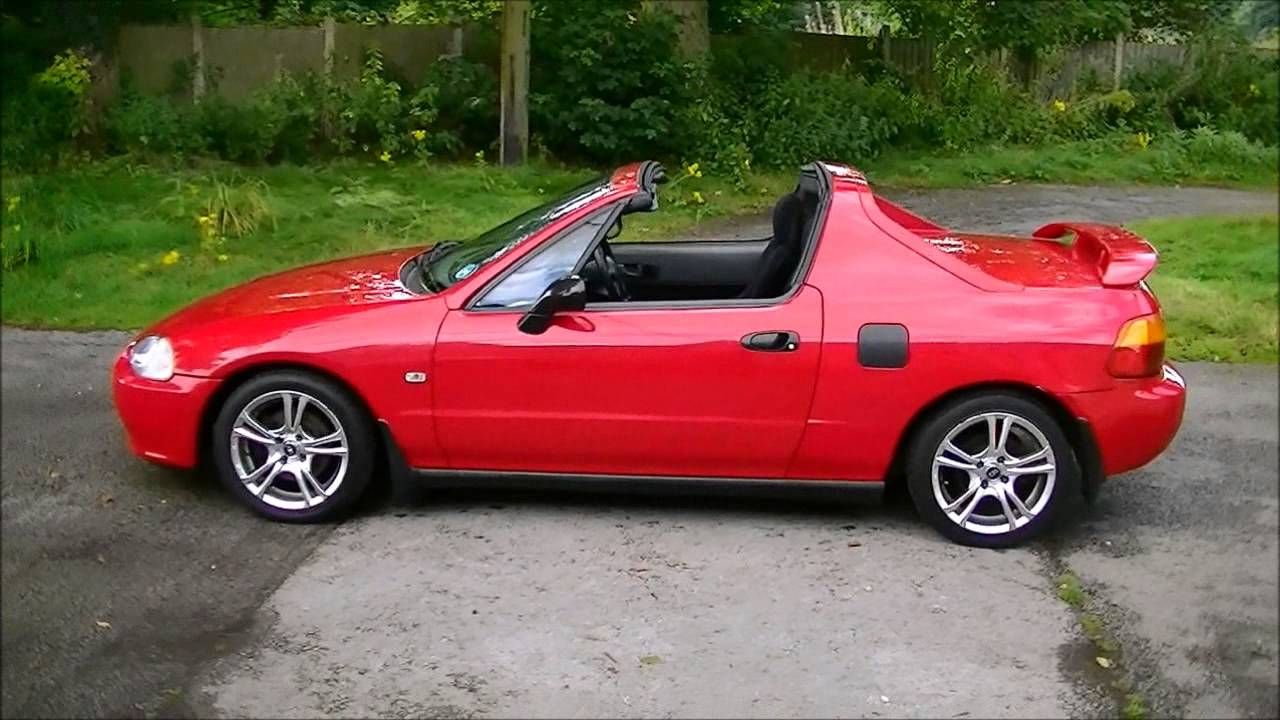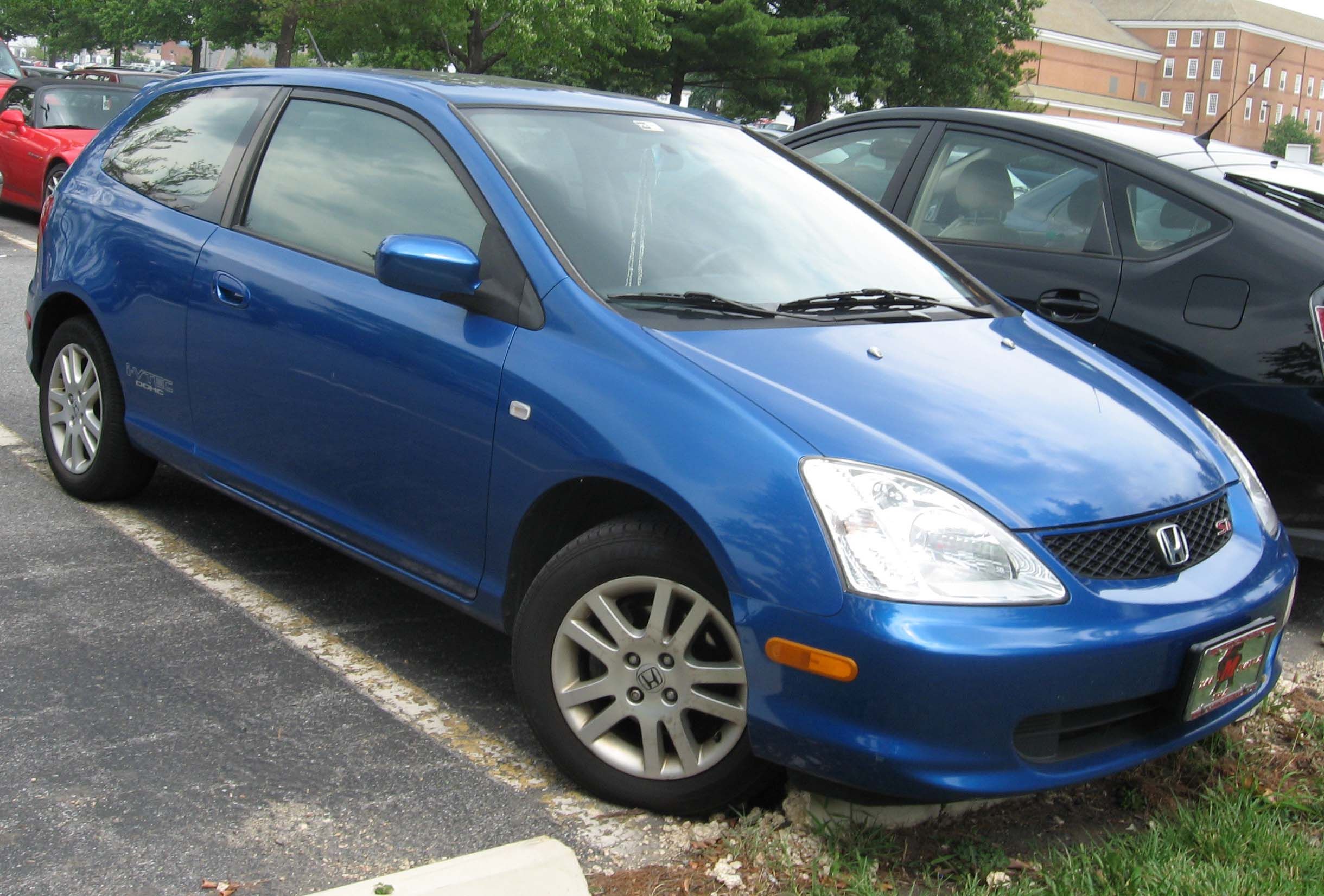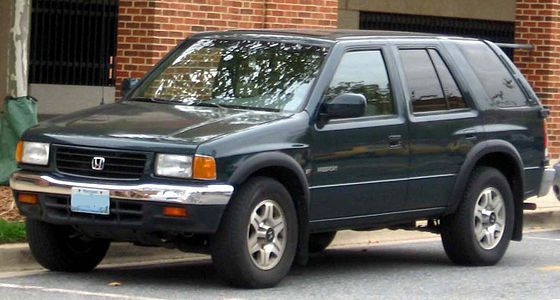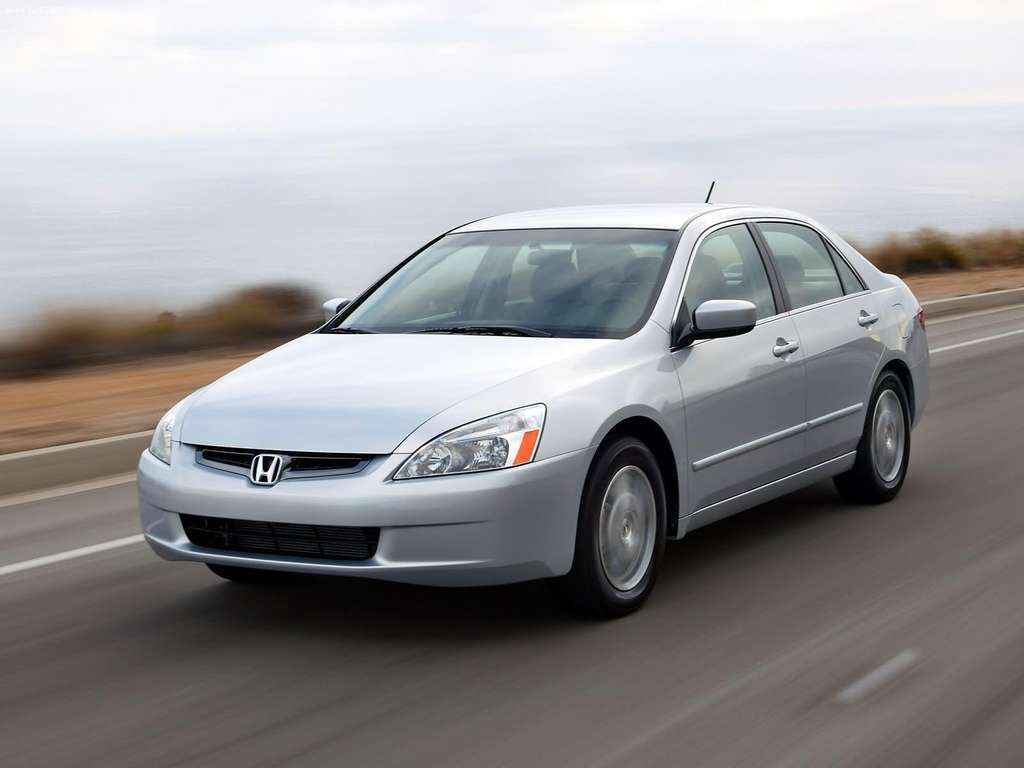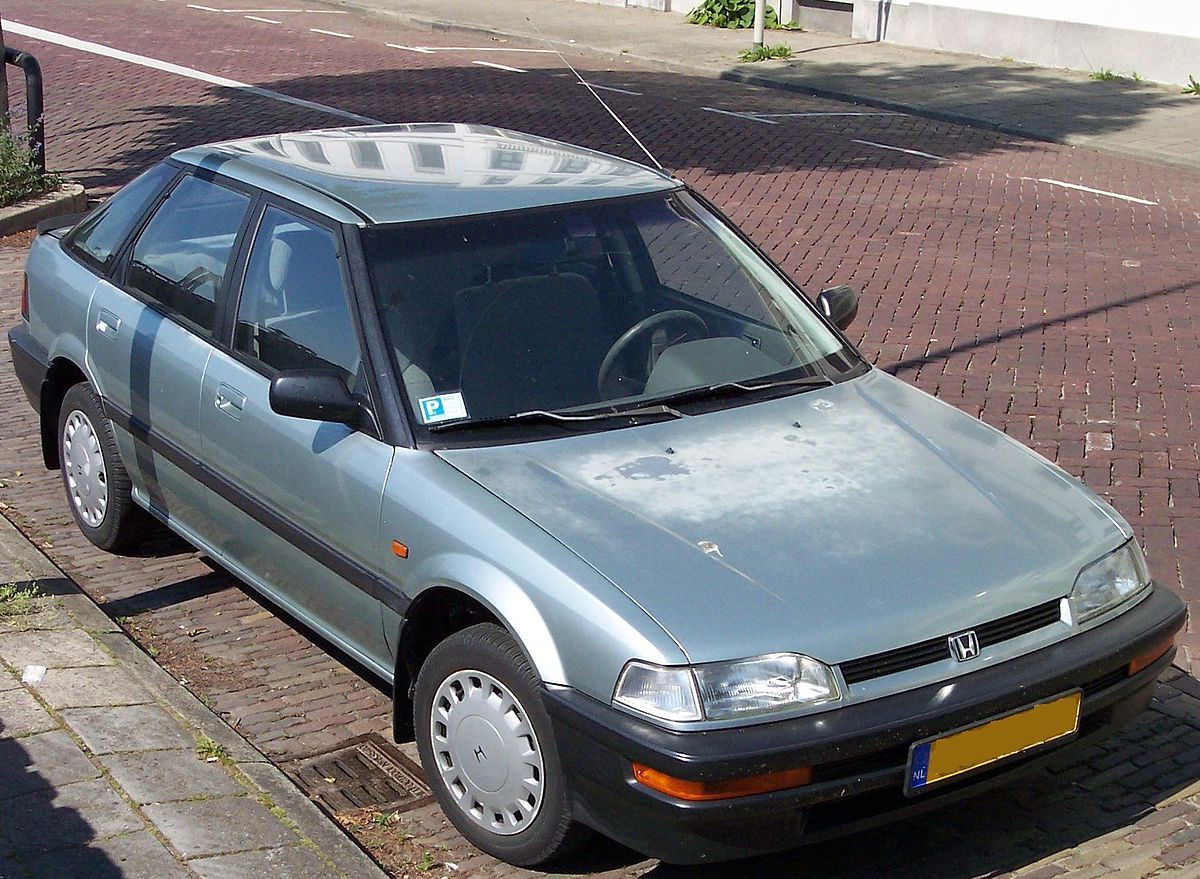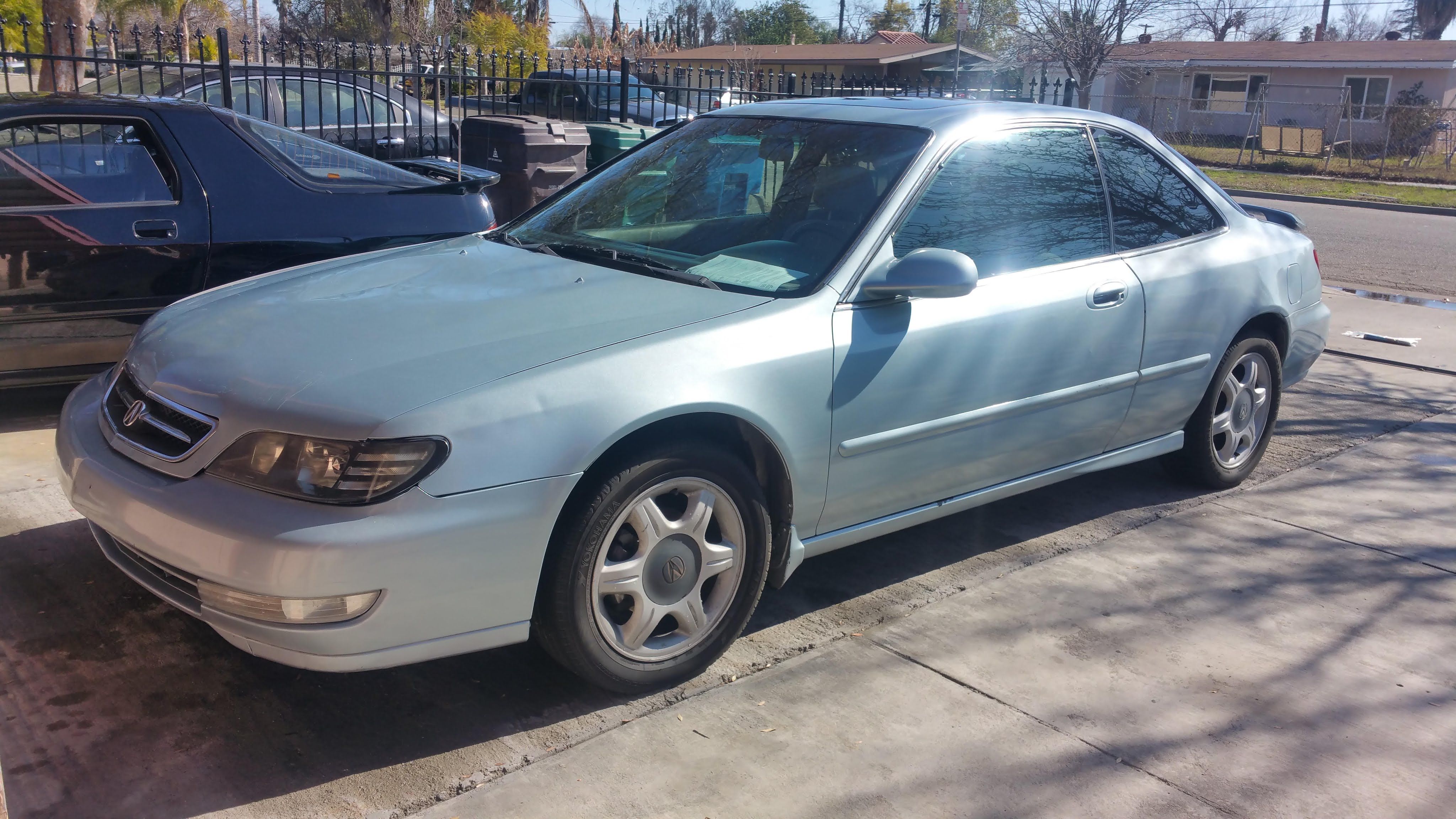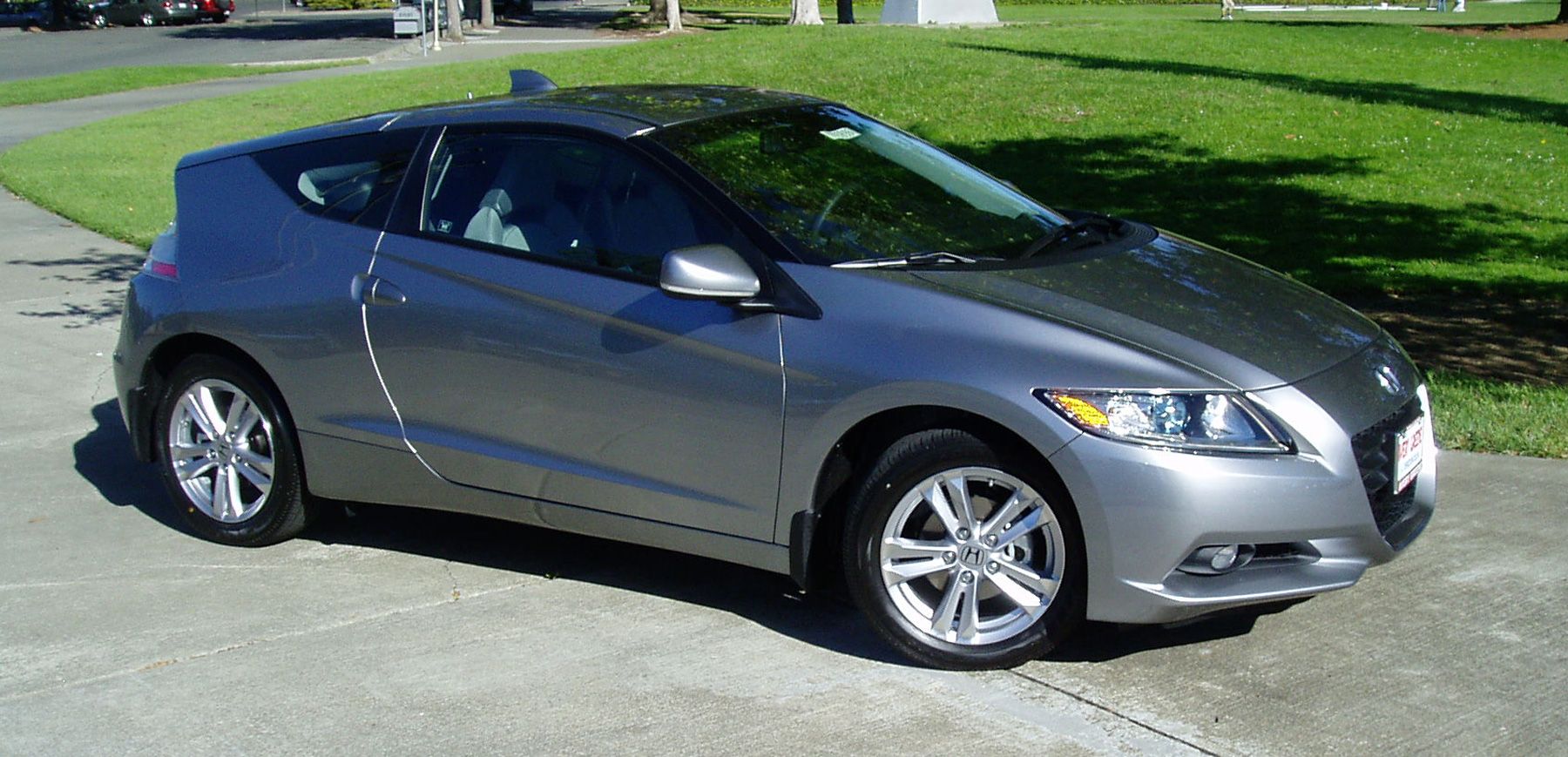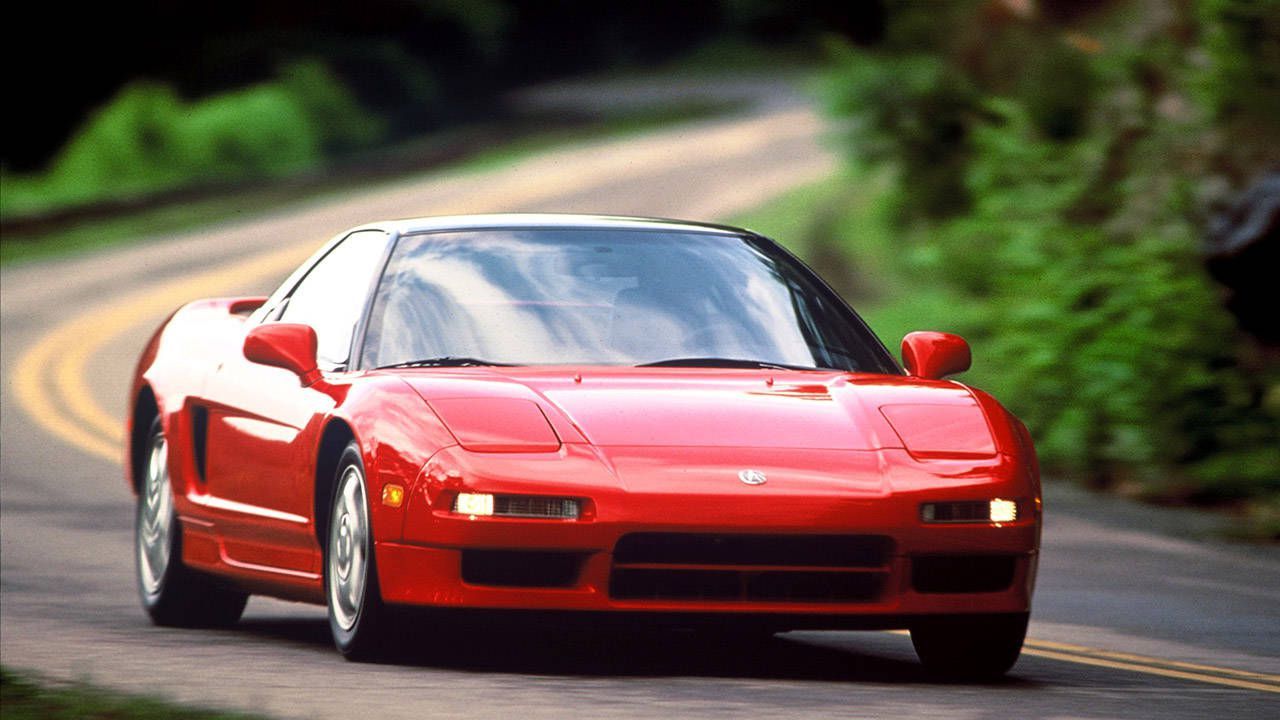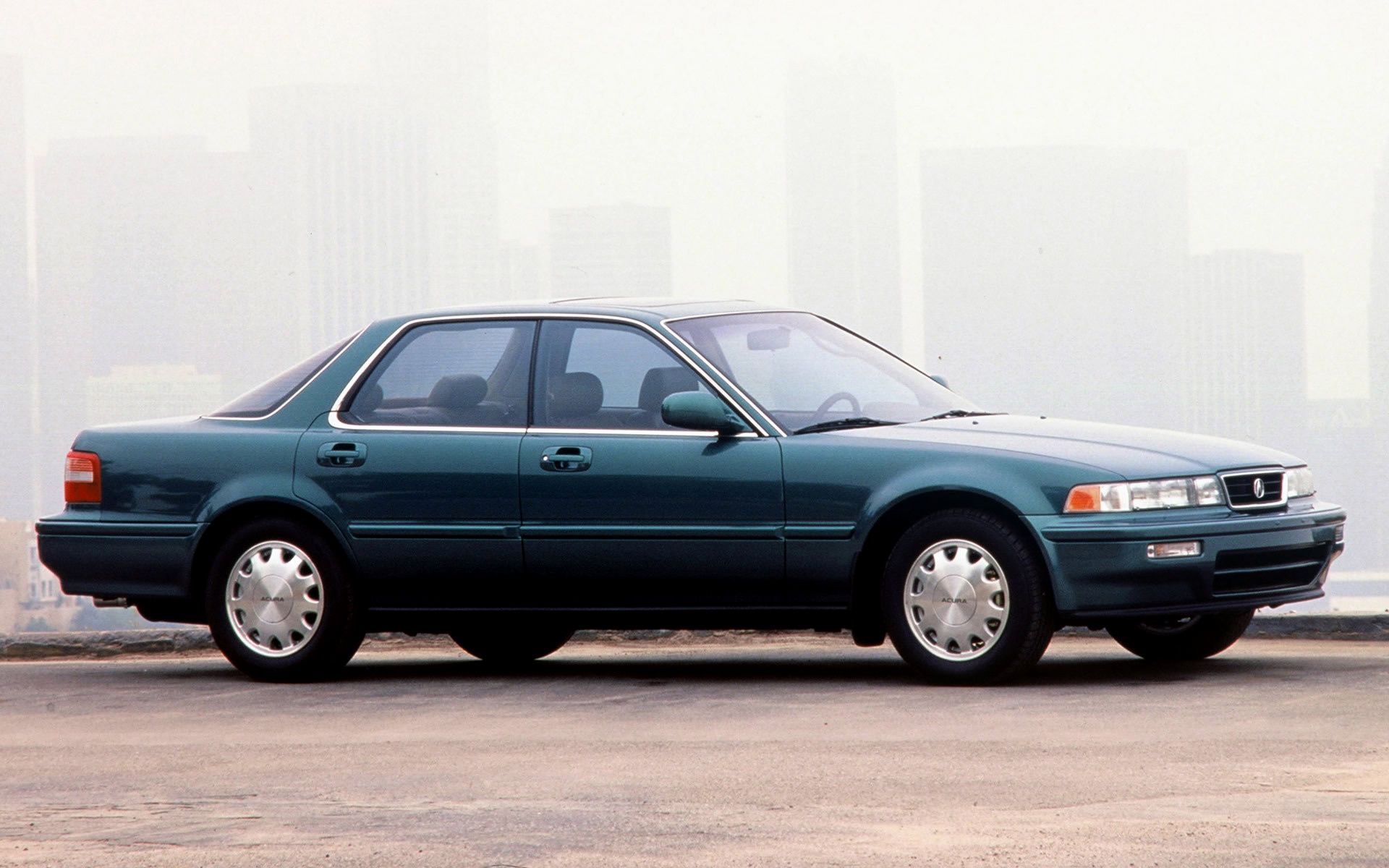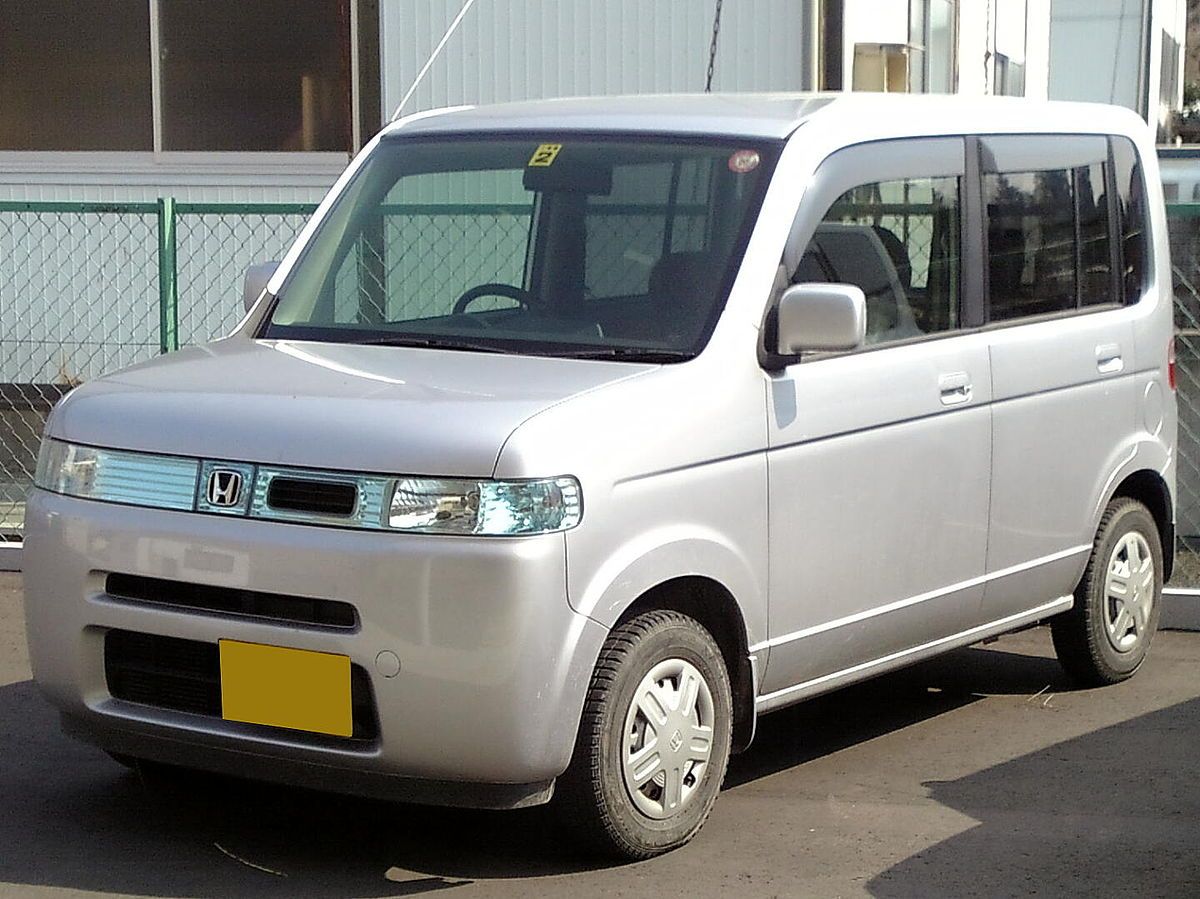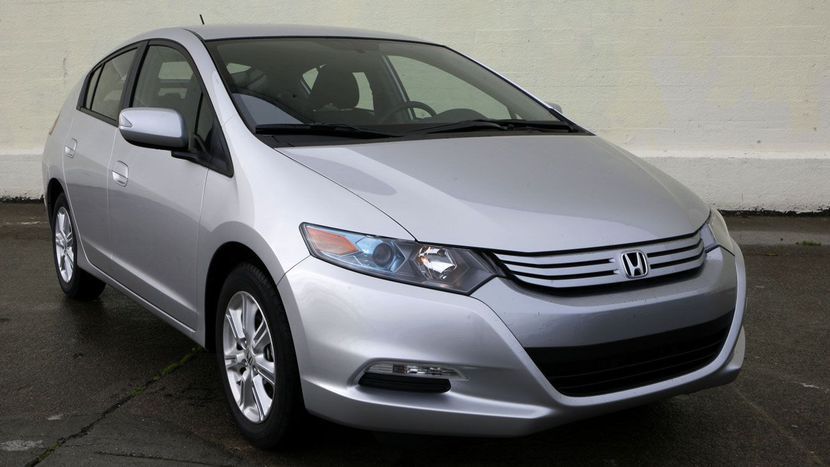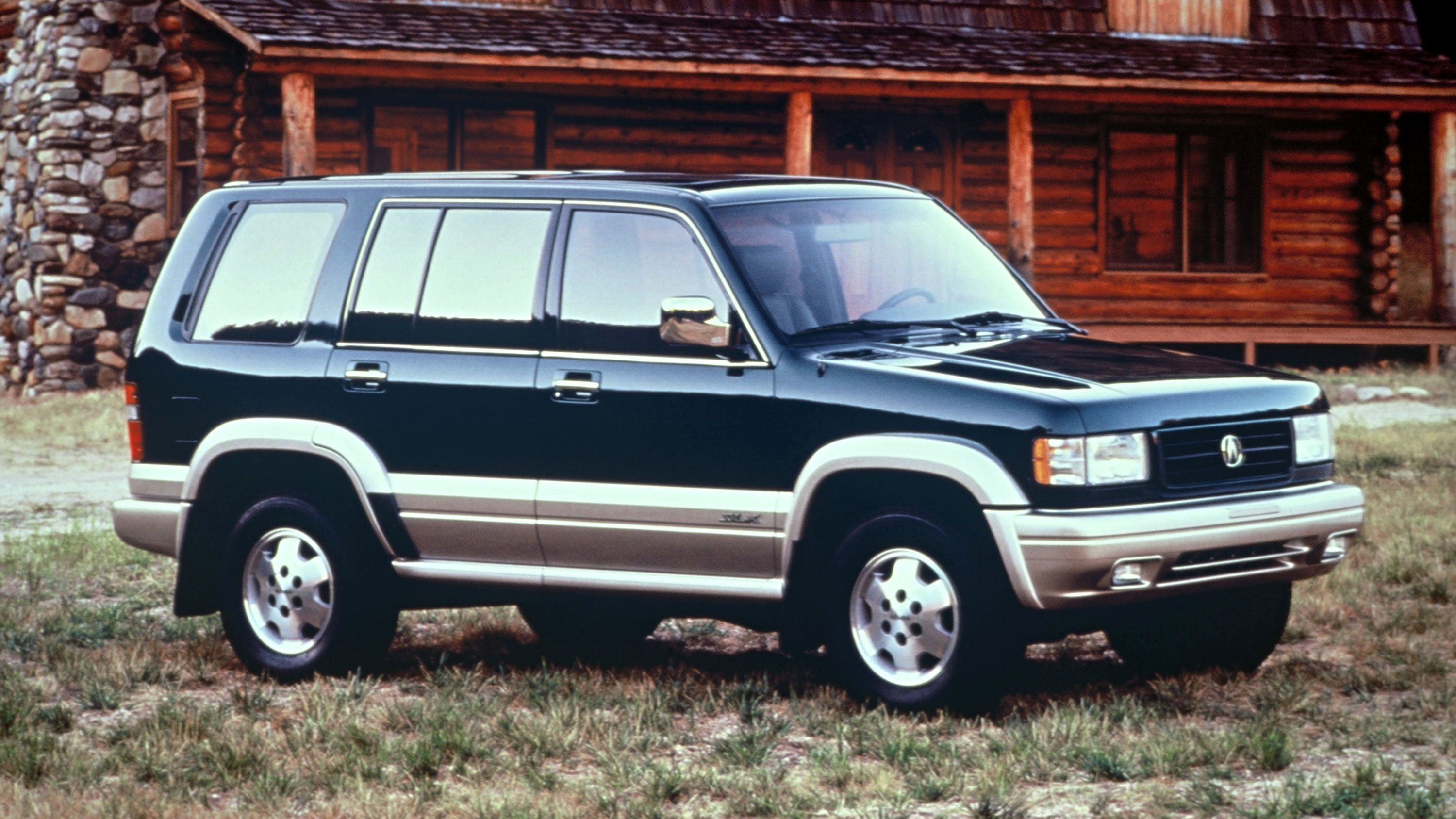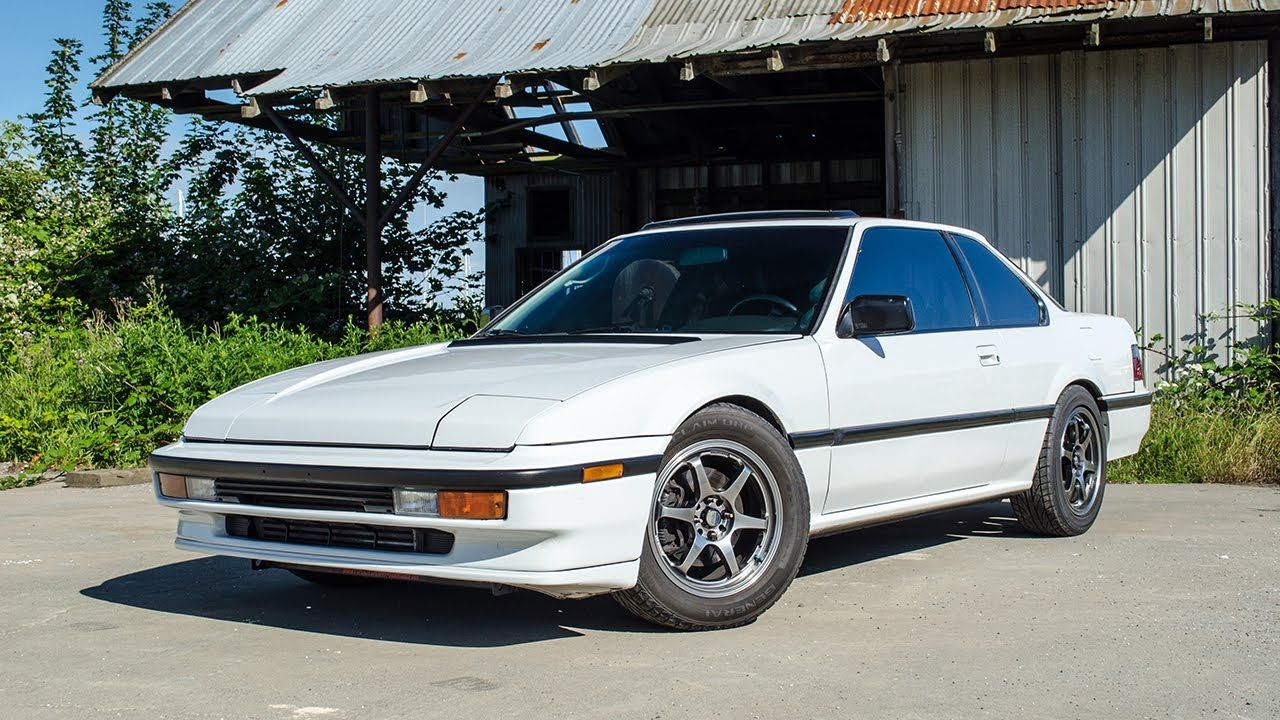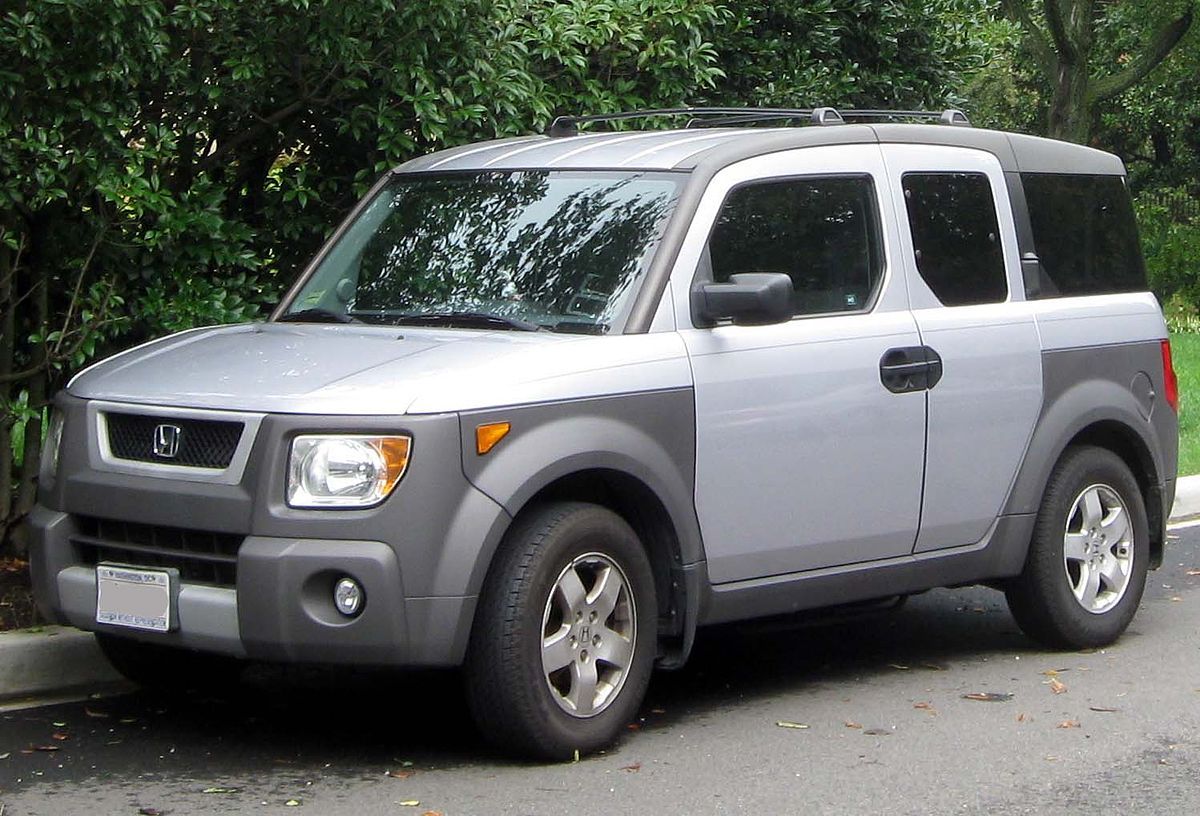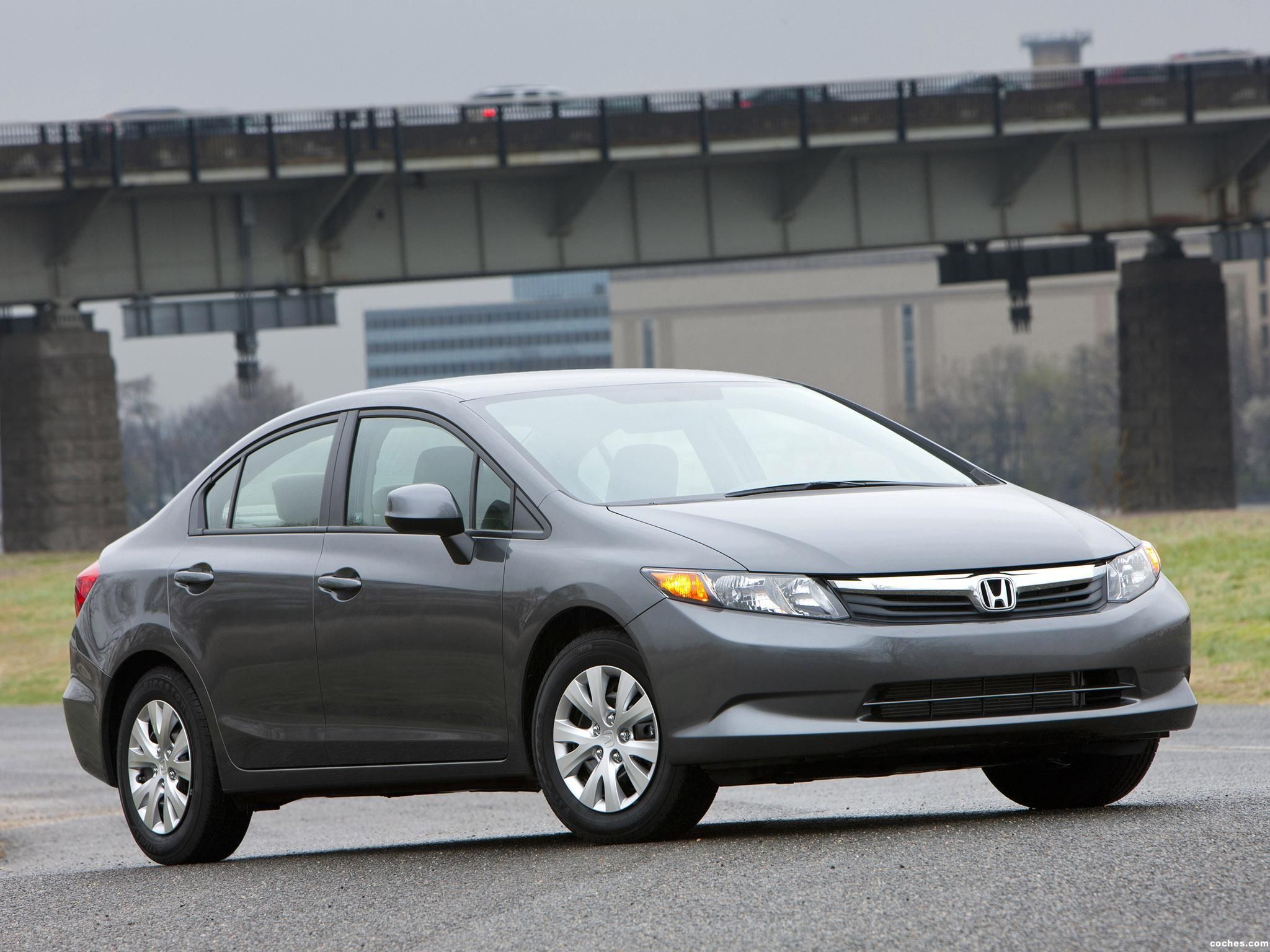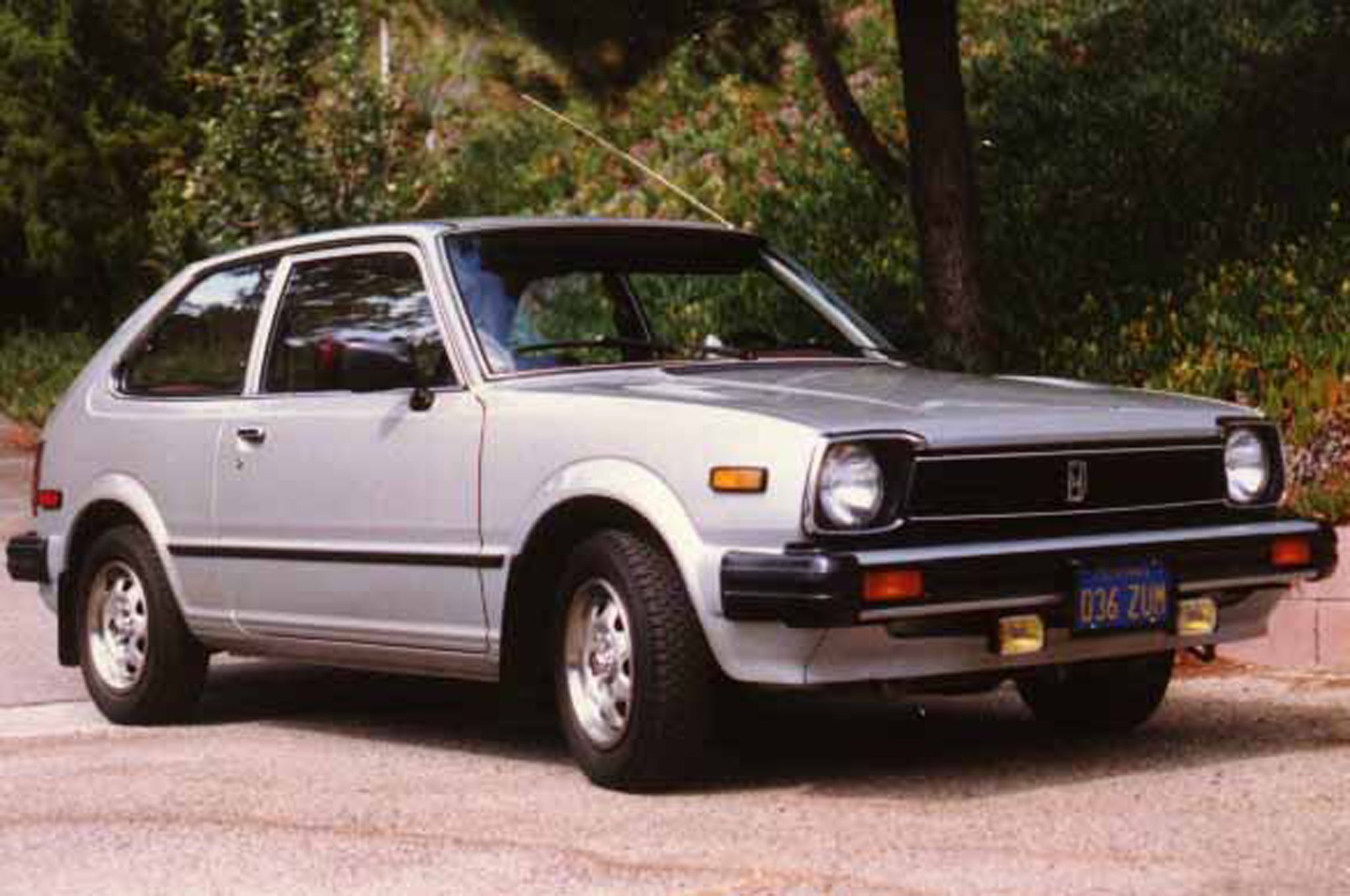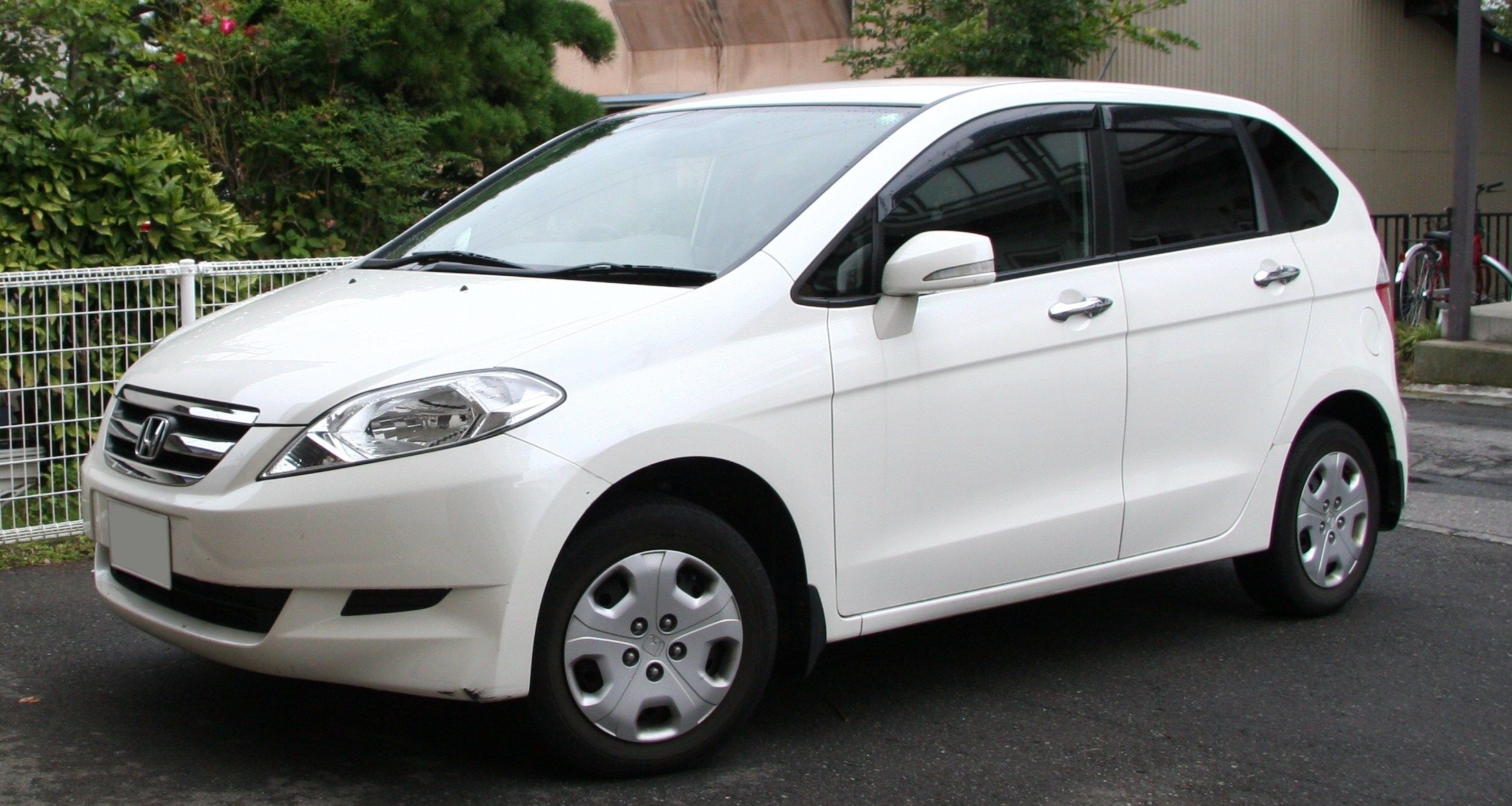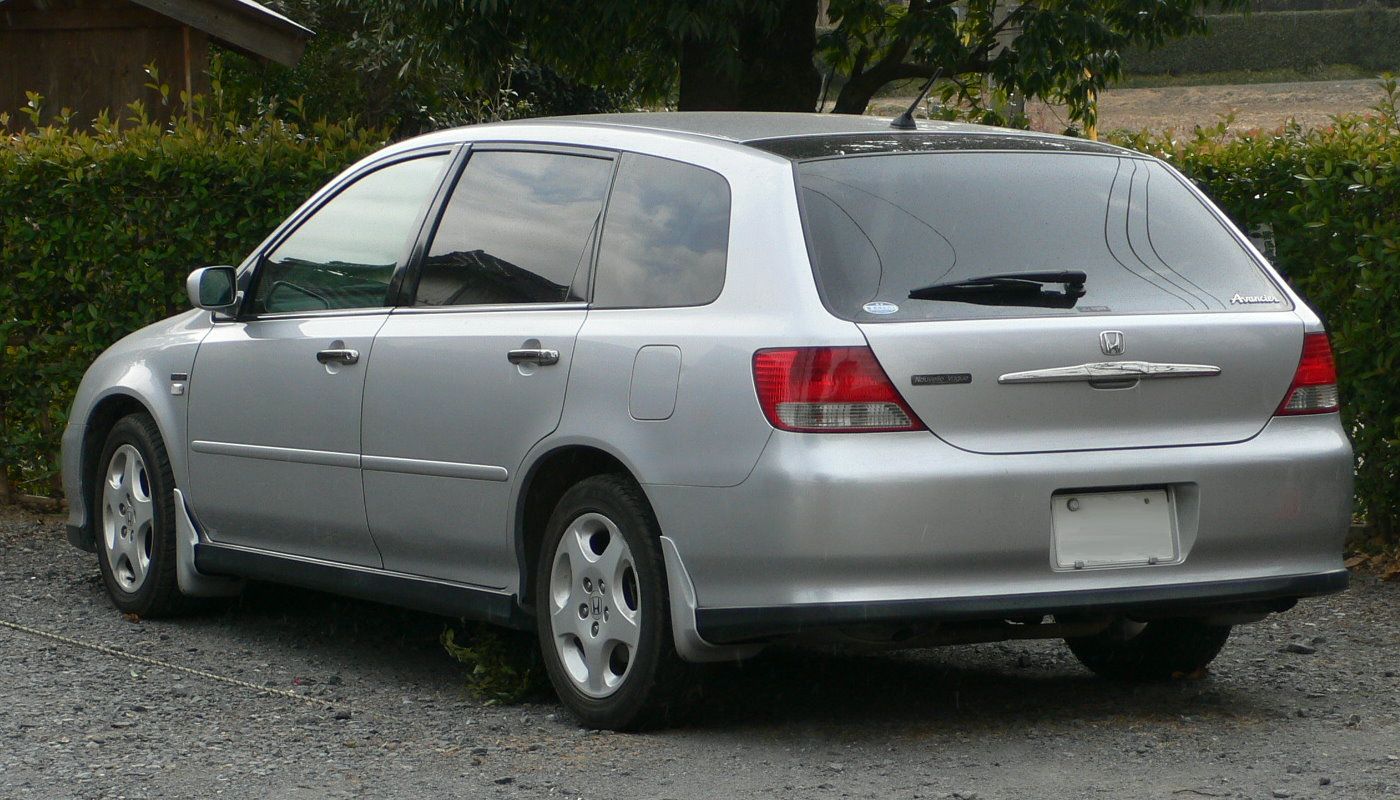The Honda Motor Company is a brand of Japanese origin best known for manufacturing automobiles, aircraft, and motorcycles. But the reality is that many people think that Honda lacks in the automotive field because after 1980 the quality and performance of the vehicles offered by Honda have deteriorated noticeably over the years, compared to the vehicles offered by the monsters in the market like Toyota, Ford, and Chevy. In addition, Honda has remained too conservative in terms of interior design, giving boring experiences that do not intrigue the consumer, and unfortunately, the times they have decided to be adventurous and think outside the box in terms of automotive engineering have resulted in near disaster.
The brand has been characterized not only by offering vehicles with angular designs but also by the fact that the engines they implement are usually small with bad low-end torque, so they do not offer the same performance or power that competing vehicles have, like the V6s in American cars.
Regarding fuel economy, Honda has not invested in creating a successful hybrid vehicle, as is the case of Toyota's Prius, and they have also stopped offering sports cars that attract the attention of consumers and offer that unique experience and reliable than other brands have. In conclusion, Honda is not living its best moment and I would dare to say that it is very lagging with respect to its direct competitors in the automotive market. However, I must emphasize that although the brand continues to offer some reliability and prices more accessible than other brands, they are still regular vehicles for specific uses, such as city cars to go from home to work, without having high expectations regarding their power and performance.
19 Civic Si 2002
The Honda Civic Si is not really like any other Civic that is for sale in the American market, but it is difficult to appreciate its 160 horsepower and 5 speeds when we know that there were better vehicles in the automotive market, even back then in 2002.
Honda Civic Si, it is the only hatchback that does not share a plate with any other Civic in the North American market and, while the basic structure of the Si has a totally independent suspension and the floor pan is common with other Civics, it also shares similarities with the Acura RSX 2002, and it was the first Honda to have a steering that is cumbrously connected to its struts.
So, what's wrong with this model? This sports car is usually associated with problems related to exhaust manifold cracks, failure of transmission due to design flaws, deteriorated visors as a result of the splitting of the hinge mechanism, engine block cracks, roof breakage and cracking of the exhaust manifold.
In itself, it is not that the Civic Si is a bad car, in fact, it has characteristics that make it quite good, but as it is competing in the segmentation of sports cars, it is being overshadowed by its direct competitors who offer better experiences behind the wheel, have better technology and better internal engineering.
18 Honda Passport 1994
The Honda Passport was created to get in the growing SUV vehicle market and first came to US dealerships in 1994. Honda Passport was a modified version and manufactured by Subaru Isuzu Automotive in Lafayette, Indiana, due to the partnership between Isuzu and Honda back then.
The first generation offered 2.6 L I4 and 3.2 L V6 engines, but the I4 engine was not powerful enough for the Passport, so in the second generation they decided to update it and place a V6 to produce 175 hp.
Some early generations were equipped with a rear axle built by General Motors, while others had a rear axle built by Dana "Spicer 44". Passport Honda only had two generations and left the market in 2002, unfortunately, these models were overshadowed by the competition that offered SUV models of mid and large sizes, better equipped and with better performance.
These 4x4 model, without chains, managed to maneuver with heavy snow and ice. However, Honda Passport presented certain problems such as high fuel consumption and the poor performance of windshield wipers.
17 Honda Accord Hybrid 2005
The Honda Accord is a series of four-door sedan-style cars manufactured by Honda since 1976. The Accord has been one of the best-selling cars in the United States since 1989, which is the reason why they decided to diversify the bodies with options as coupes, wagons, hatchbacks and a crossover.
The seventh generation arrived in the automotive market in 2003 and consists of two separate models; one for the Japanese and European markets, and the other for North America. The American version was distinguished because the vehicle was bigger contrasting from its Japanese and European counterparts. This generation was available in coupe and sedan form, while a hybrid model was introduced in early 2005 and this version was the first to use wheels with 5 lug nuts instead of 4 traditional 4-cylinder models, also had a 5-speed automatic transmission.
The problem with these vehicles? 2005 models suffer a widespread problem in the transmission. It is inevitable that at some point the transmission will begin to slip and at that moment it must be replaced. Generally, fixing this problem costs around $2,000.
16 Honda Concerto 1989
The Concerto was a C segment car produced by the British division of the Japanese manufacturer Honda, which was available in the market from 1988 to 1994. Among the features of the Concerto, we can highlight that it shared a chassis with the Rover 200 and the Rover 400. It was available in two types of body; sedan and hatchback (both 5-door) and initially came with a 1.4 L D14A1 engine.
Regarding its interior design, the Concerto came equipped with: air conditioning, electric windows, electronically controlled rear-view mirrors and an alarm of headlights on. The Concerto also came standard with power steering and a remote opening of the trunk. But, among the negative aspects that we must mention are ABS problems, the engines need more maintenance than their Rover counterparts, and rust badly around the front screen. Honda stopped manufacturing the Concerto in the United Kingdom when Rover, the associated company, was acquired by BMW in 1994.
Although back then it could have been an excellent car, reliable and ideal to drive from one place to another, time can be the worst enemy for a car because over time and constant use, problems may emerge, and to solve those problems that are going to be presented gradually we must invest money. If when we have to invest in arrangements quite often, if just better if we invest in another vehicle newer and better quality.
15 Acura CL 2.2 1997
The Acura CL 2.2 arrived in the automotive market in 1997 and was created under the concept of being a 3-door sedan model, ideal to drive through the city with the greatest comfort and luxury possible.
This vehicle came available in 4 cylinders as a base but also offered the 6-cylinder with a level of "Premium" finish that had leather upholstery (with heated front seats in 3.0), and in the 3.0, they offered an Acura stereo / Bose. But in 1999, the level offered as "Premium" was eliminated, so, leather upholstery became standard on all models, as was a trunk cargo net.
In addition, the 4-cylinder model had an option for a manual transmission and manufacturers added CL galvanized body panels that help prevent rust that was being seen in other models of the Honda automotive range.
But this model presents certain standard problems, and although the performance of the engine is reliable and has no problems, the warning lights sometimes appear ( even if nothing was wrong) and the power band seems to be more concentrated in the upper power ranges, the transmission tends to disappear. Curiously, this newer version was heavier and slower than its predecessor, in addition to being more expensive. And at the end of the day, Acura C.L 2.2 offered a weak performance if we compared it with other vehicles available in the market back then.
14 CR-Z 2011
In an attempt to be innovative and bring back an old brand success such as the CR-X, Honda launched the CR-Z, a compact sports hybrid electric car manufactured by Honda and marketed as a "sports hybrid coupe." The CR-Z combines a hybrid powertrain of gasoline and electricity with traditional elements of sports cars, especially having a seating arrangement 2 + 2 (excluding American models where the rear seat is removed) and a standard 6-speed manual transmission.
The CR-Z is considered the successor of the second generation of Honda CR-X due to its name and its exterior design, but the CR-Z did not meet the expectations and did not manage to be on par with the CR-X. Moreover, its air-conditioning system is poor, it quickly goes from cold to warm when the car stops, and it becomes an annoying issue after a while, especially when the driver is stuck in traffic.
Curiously, despite being a sports car, it is quite slow for the segment where it is in the market, it also has terrible blind spots that hinder when the person is driving or trying to park. If the is in economy mode, even a person who is jogging is able to pass the vehicle. And finally, we must emphasize that being an extremely low state, it is not ideal to drive it in different terrains because the lower part of the vehicle scrapes with the surface of the ground, even the CR-Z presents problems to park in garage entrances with elevation.
13 Acura NSX Automatic 1991
The Acura NSX was a sporty vehicle beauty that hit the streets in 1991, but its origins date back to 1984 when Honda was working on the HP-X concept, which was a vehicle with a rear-engined 3.0 L V6 engine and central engine. Honda joined the project and committed to achieving or exceeding the performance of the Ferrari V8 engine range, with the same reliability but at more affordable prices. Time flew, and the concept and the name changed, now the HP-X was called NS-X (New, Sportscar eXperimental).
The NSX was powered by an all-aluminum 3.0-liter V6 engine, featuring Honda's VTEC (Variable Valve Timing and Lift Electronic Control) system developed in the 1980s, a 5-speed manual transmission or Sports Shift automatic transmission of 4 speeds, becoming the first production car in series to present a body entirely made of aluminum.
But as spectacular as the NSX looks, it has, unfortunately, been associated with slave and master cylinder clutch problems. In addition, the shift lever tends to get out of the gear due to some transmission problems, and the vehicle presents a deficiency in the electric windows. This type of problems such as the drain box full of valve bodies, gears, clutches and garbage, considerably affect the performance of any vehicle, which are details to take into account before investing our money in a "classic car," when we can get a better performance and power in a much newer models of more reliable brands in the sports car segment.
12 Acura Vigor 1992
Vigor was a sedan style model of the brand Honda that went through three generations that ran from 1981 to 1995 and was a derivation of the Honda Accord with the difference being that this version was considered premium. That's why the first versions of the Vigor were based on Accord's most exclusive or luxury version. Both models later served as the basis for what would be the Honda Legend.
But with the launch of Accord's third generation, the Vigor was no longer based on many of the Accord's new aspects. However, when this model arrived in the United States in 1991, it was identified as the first generation of Acura Vigor and not as the third. In addition, it was available in two types of equipment the LS as a base and the GS as a superior and more exclusive version, the body style was 4-door "B" Pillar hardtop, the engine was 2.5L, while the transmission was available in 4-speed automatic and 5-speed manual. And as a luxury experience, manufacturers offered the option of adding to the vehicle digital signal processing integrated into the stereo system that allowed the modification of sound for diverse types of music.
So, what is the negative part of this vehicle? Simple, it is not designed for tall people. Unfortunately, this car cannot be recommended for people over 6'2" because it is difficult to get in and out of the vehicle because the car has very low seats, and the electrical system sometimes has faults, lacks cup holders and a permanent antenna would have been preferable to hide it.
11 Honda That’s 2007
The Honda That's was a manufactured kei car that was available in the market from 2002 to 2007. And although it was initially manufactured as a local car for the Japanese market, some people were willing to pay for the shipment of these vehicles to the United States back then.
Moreover, we must remember that Honda has never been characterized by designing vehicles with subtle curves, which is why "That's" had a very curious rectangular design. The vehicle has a fairly high ceiling but the rest of the dimensions of the "That's" were not as spacious as one would expect, so the generate that feeling of being in a small space. The Honda That's has a 5-door mini hatchback body that was based on the Honda platform Life, besides the vehicle was available with a front-wheel drive or all-wheel drive. It also shares its engine with the Honda Life, a model E07Z of 3 cylinders and 656 cc that is also available with the turbocharger; while the transmission was a 3-speed automatic gearbox.
In general it is not a bad car to drive in the city, of course without having great aspirations in power and performance, but having to invest in the shipment of the Honda That's is a simple waste of our money, currently available in the market mini hatchback with better design and performance than what this vehicle can offer.
10 Del Sol S 1993
The Honda CR-X del Sol, better known as Honda Del Sol, was the successor of the Honda CR-X (1984-1991). The Del Sol had a structure based on the Honda Civic and came to the market in 1993. Besides one of is curious facts, it's that the name of this sports vehicle refers to the car's opening roof because "Sol" means sun.
This sports vehicle was characterized because it was not a complete convertible, it had a removable hardtop that was stored in the trunk and a retractable rear window. The boot space was reduced (9.5 cubic feet to 6.5 cubic feet) while the Targa top was stored. Its body was 2-door type roadster, its engine was initially 1.5 L D15 I4, although in the final version was available with a 1.6 L B16A I4. And finally, the transmission was 4-speed automatic, though later it was available in a 5-speed manual.
The sales production of this vehicle in the United States culminated in 1997 and around 75,000 models of these vehicles were sold throughout the country.
The Del Sol has brought many adverse reactions among people, some love it, others hate it, but amid the negative aspects we can point out that to be a sports car, manufacturers should have invested a little more in its aesthetic design as insulated leather heated, better paint, thicker rocker panels, an antenna on the top, trunk release in the cabin, tow package, B18C% Turbo AWD 6-speed, and weather-stripping.
9 Honda Insight 2010
The Insight is a hybrid electric vehicle of the Honda brand. In its first generation, it entered the market as a hatchback with three doors and two passengers (1999-2006), while in its second generation it had five doors (2009-2014). The Insight was the first production vehicle to present Honda's Integrated Motor Assist system. The first generation of Insight is the most fuel-efficient gasoline-powered car available in the US at the moment and according to the old EPA standards.
Regarding the second generation, the manufacturers focused more on the platform hybridity and create the right space for 5 passengers, in addition to having an Integrated Motor Assist (IMA) hybrid powertrain. Honda was looking for hybrid technology to be more affordable for users, but unfortunately Insight did not get the response they expected, by the time Insight debuted, Prius, Toyota's ecological wunder-car, was already on the market, and although the version Hybrid was backed by a lower price, a fuel economy of 40 mpg, Prius seemed to be the favorite of the moment. In fact, according to the Chicago Tribune, Don Marino, general manager of Honda of Santa Monica, Calif. said back then "We're all pretty disappointed, we thought we had the next hit on our hands".
Then, we face the question of the million. Is it worth acquiring an Insight? The truth, no, there are better models in the market than the Insight. In addition, this model presented a severe problem of oil consumption and due to the lack of an indicator, the driver must be constantly checking how much oil it has. So, the vehicle requires one quart of oil to be added every 2-3 weeks at intervals of less than 1,000 miles per quart addition.
8 Acura SLX 1996
The Acura SLX went on the market in the 90s and was part of Honda's Acura division, the SLX was basically an improved Isuzu Trooper. This model was only available in the United States and was later replaced by the Acura MDX in 2001.
But the reality is that Acura SLX did not achieve the sales they wanted in the SUV market because if we compare it with the models that the competition was offering at the time, Acura SLX did not meet the needs of consumers.
However, some people believe that the bad sales of Acura in the models from 1996 to 1997 were due to a bad criticism made by Consumer Reports where they described the vehicle as "not acceptable" due to its tendency to tip over during rides at high speeds.
Among its characteristics, we can mention its horsepower of 190 hp at 5,600 rpm, an engine of 188 ft-lbs. at 4,000 rpm, a transmission of 4-speed automatic, and a 6V cylinders combined with MPG 14. But these SUVs use to has serious problems such as issues with the muffler, the shock absorbers, the CD player tends to do not return the CDs, it presents problems with the gaskets of the valve cover and the starter motor are not reliable. The vehicle is not powerful enough for what a user would expect from an SUV in that segment. And finally, this model has problems with the back door, because sometimes it does not close properly or simply cannot be unlocked.
7 Honda Prelude Si 4WS 1990
The Honda Prelude is a sports coupe that was produced between the years 1978 to 2001. This two-door coupe is a derivation of the Honda Accord and spans five generations. The curious thing about this vehicle is that is adapted to the series of music-themed which Honda used at the time, along with the Accord, Quintet, Concerto, Jazz, and Ballade.
The Prelude presented innovative features for its time as high-strength metal roof pillars and the option of the world's first mechanical four-wheel steering system available in a mass-produced passenger car. The third generation was powered by a Honda B20A engine, a base carburetor version with a 12-valve SOHC valve train or a DOHC variant with Honda PGM-FI fuel injection and 16 valves.
In addition, in 1990 Honda launched two limited edition models in Japan in 1989 for the facelift Prelude, Prelude Si States, and Prelude SiTCV. Nearly 3,000 vehicles were built and both had features such as standard transmissions of 4WS, ALB, Viscose LSD, TCS (SiTCV only), leather-wrapped steering wheel and shift lever, additional sound insulation in the firewall and bonnet, among others that were optional. The Prelude is not a bad vehicle and can be reliable as a car city to drive from home to work, without high expectations, but it is always better to invest in a newer vehicle that does not require as many modifications as an old one and that can offer a longer durability.
6 Honda Element 2005
Honda over the years has tried to make as part of its style insignia its angular, almost cubic or rectangular design, and the Honda Element was characterized by that. The Element was a 4-door Compact crossover SUV that was on the market from 2002 to 2011.
Among its characteristics, we can mention that its 4 seats were designed and optimized to transport large volumes of cargo. The floor of the vehicle is made of textured urethane coated with TPO facilitating its cleaning; the fabric of the seats is resistant to stains; the individual rear seats recline, fold and are removable. In addition, the roof of the vehicle is high which allows tall people to have a more comfortable ride while seated.
But the Element presents a problem in most of its vehicles. The car randomly caught fire sometimes (yes, fire!).
Many users have complained in forums that for some unexplained reason, sometimes, Element gets a short circuit inside making some of them suddenly burst into flames. Although some people suggested that the problem was related to an incorrect installation in the oil filters, in fact, models like the CR-V also presented these problems, too. Honda Element was a reliable SUV in its other aspects and used to handle long rides very well in seasons such as winter, but Honda decided not to manufacture it anymore.
5 Honda Civic 2012
The eighth generation of the Honda Civic reached the 2005 automotive market and decided to split the model into two different platforms, the first for sedan and coupe, and the second for a hatchback designed primarily for the European market with a simpler rear suspension. Besides, all the vehicles of this generation differ in minimum details either in their internal or aesthetic performance according to the model and region where they were sold.
Among its main features, we can highlight its 1.8 L gas engine with 140 hp at 6,300 rpm, 4 inline cylinders, 16 valves, 5-speed automatic transmission, and combined MPG 29.
And although the Civic has been one of the most constant vehicles of the brand, in the automotive market throughout the years, Honda has been characterized by offering comfort and affordable prices, but have not always been able to satisfy 100% the needs of consumers. One of the problems of the last generations of the Civic is that they wanted to give it a curved style and the roof of the vehicle has an inclined shape which makes it difficult for tall people to be comfortable, especially behind the wheel due to the free space between the driver's head and the roof of the vehicle it's too narrow.
4 Honda Capa
The Honda Capa was a supermini MPV five-door hatchback that was manufactured by Honda during the years 1998 to 2002. As usual, the brand offered an almost rectangular vehicle that was designed under the concept of "Small is Smart," ideal for parking anywhere due to its compact dimensions and to drive around the city from one place to another.
Among its main features, we can highlight its 1.5 L D15B SOHC I4 engine and CVT / 4-speed automatic transmission. This car was manufactured thinking of driving in the city and providing small families with a reliable car, which has a chassis based on a "double deck package," giving the vehicle ample height and sufficient space for the legs despite its compact structure, the interior seats are also made of fabric.
Although the Honda Capa is not a bad vehicle for families who want to use the vehicle alone in the city to move from one place to another and perform errands from day to day. However, there are currently hatchbacks with better performance and capacity. But let's be honest, the design of the Honda Capa is just awful, it is not attractive or it does not attract the attention of the drivers.
3 Honda Civic Hatchback 1980
Honda and its Civic model have time in the market, and of course, every year and every generation, the company has tried to innovate with respect to its models. The second generation of the Civic reached the market in 1979 with a more angular shape, better performance, and greater power. In addition, the manufacturers and designers aligned the design of the 1979 Civic with the style that had the Accord at the time.
The hatchback was available in a body style of 3 and 5 doors, had an engine 1335 cc EN1 / EN4 I4 initially but then it was available in a 1.5 L EM CVCC I4 version, its transmission was 4/5-speed manual, it has partial cloth seats, carpet, rear window defroster, intermittent wipers, and a cigarette lighter.
This vehicle was quite innovative at that time and was quite reliable for users who were looking for a vehicle with a good performance to drive in the city or to make short trips on the road but without great aspirations. The downside is that, like most old vehicles, over the years they require more mechanical attention and the parts for replacement are currently difficult to obtain on the market. Also, for the standards of today, the sound system is not good enough and road noise is a little loud.
2 Honda Edix 2004
The Honda FR-V, better known as Honda Edix was a compact multipurpose vehicle (MPV) that made its debut in the automotive market in 2004, although its production ended in 2009.
Edix for a while, together with the Fiat Multipla, both were the only minivans on the market that offered a 3 +3 space arrangement for 6 seats on a vehicle. In addition, they have the option to recline the front middle seat to convert it into a tray or armrest. Its manufacturers ensured that the most important thing was the comfort of all passengers during the rides, which is why they offer up to 32 combinations of seats, plus three ISOFIX points and a lot of cabin and cargo space.
The Edix had a 5-door hatchback body, with an initial engine of 1.7 L I4 (petrol) in its first versions, which later became a 2.2 L I4 (diesel); it's had a 5-speed manual transmission and then it became a 5-speed automatic.
And like many of the vehicles on this list, the Honda Edix is not a bad vehicle, and it's perfect for large families who need a city car to get from one point to another, but like all cars discontinued with the time is difficult to find the pieces when they present problems and nowadays we can find better models in the market, more spacious, reliable and with better performance than what Edix offered us in 2004.
1 Honda Avancier 2003
The Honda Avancier is a medium-sized crossover SUV, which, like many of the other vehicles in the Japanese company's range, was based on the Accord platform. The first generation reached the market in 1999 and culminated in 2003, but the second generation (2016- present) has managed to remain in the market as one of the favorites of the users, and thanks to its reliability, power and comfort offered to drivers.
Avancier's first generation was available in a 5-door station wagon body, had an initial 2.3 L engine F23A VTEC I4 that was later changed to a 3.0 L J30A VTEC V6, its transmission was 4-speed automatic (2.3 L) and then it went to 5-speed automatic (3.0 L), while the power output was 150 hp (110 kW) (2.3 L) but then they changed it to 215 hp (160 kW) (3.0 L). The first generation of Avancier did not offer any emotion, was a family SUV with dimensions too large what makes the vehicle difficult to park.
But luckily, Honda launched the second generation to the market, much more modern and better looking than the first. In addition, the manufacturers improved its performance and power, so Avancier's second generation is not only spectacular but it also has a balance between the aesthetic and its internal engineering, so if you are thinking of investing in an Avancier the best is check out the second generation and forget that there was a first.
Sources: themotordigest.com, autoevolution.com, chicagotribune.com, nytimes.com

